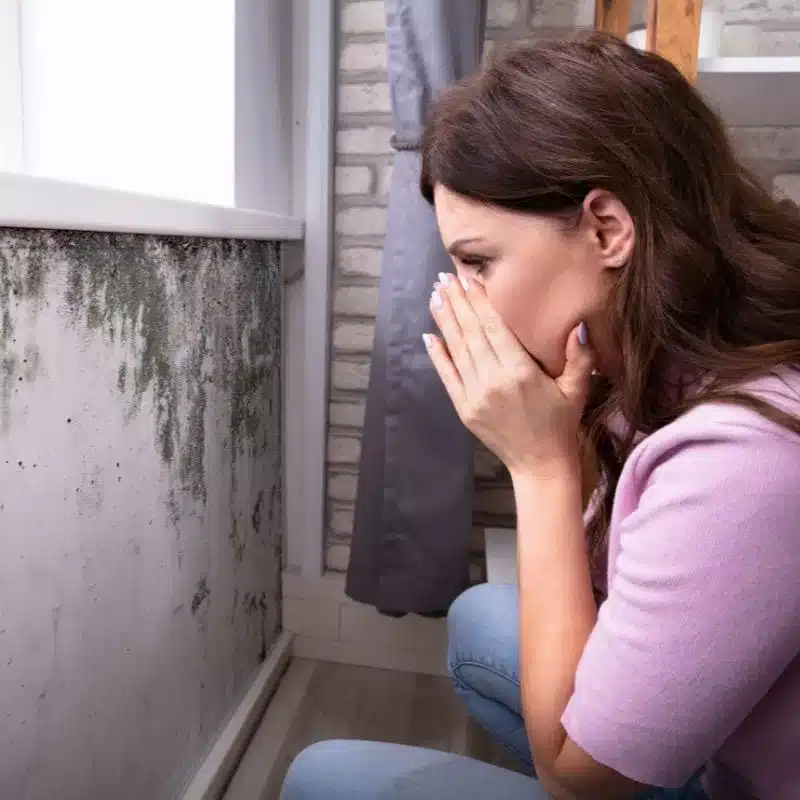Proper ventilation is one of the most critical aspects of maintaining a healthy home environment. You risk creating many issues that can significantly compromise your home’s foundation, construction, and well-being if your house lacks it. Learning what happens when a home doesn’t have proper ventilation will reveal everything bad that can happen if the air is stagnant and clue you in on ways to avoid problems.
Damp and Moldy Spaces
When moist air accumulates in an unventilated space, it creates a breeding ground for mold growth. Mold thrives in damp and warm spaces. Without proper ventilation, several areas of your home will allow mold to grow, including bathrooms, kitchens, and basements. If left unchecked, mold can spread all over the house, leading to many complications that can put you at risk.
Unpleasant Odors
Along with the mold come foul and unpleasant odors. All the sprays and air fresheners in the world won’t be able to eradicate the funk that stays behind. Cooking, cleaning, and other activities can produce strong odors that linger in an unventilated space, making spending time in your home uncomfortable. Proper ventilation can help eliminate smells by releasing them outside and bringing fresh air into your home.
Increased Energy Costs
It’s never a good day when you receive an energy bill that’s too high. However, with inadequate ventilation, your HVAC system has no choice but to go into overdrive.
When the trapped air has nowhere to go, your air conditioning unit or heating system must work harder to maintain the temperature, causing your energy bills to increase. Proper ventilation through your rooftop can keep air flowing through your home, allowing your system to work most effectively. An HVAC unit firing on all cylinders should produce a much lower bill.
Negative Health Effects
Poor ventilation can lead to a buildup of pollutants, moisture, and other indoor air contaminants, which can cause various health problems. Without proper ventilation, the air in your home can become stagnant and polluted, leading to increased allergy and asthma symptoms, respiratory problems, and other health issues. These can be especially severe for children and people with preexisting health conditions.
Long-Term Damage
The long-term effects of stagnant air aren’t always apparent immediately, but they can become costly and dangerous over time. Moisture can accumulate in walls, ceilings, and other spaces, leading to structural damage, rot, and other issues. Investing in proper ventilation can prevent costly repairs and ensure your home is safe and healthy for years.
As a homeowner, knowing what happens when a home doesn’t have proper ventilation is critical for you. Otherwise, your house may become a death trap each day. Failing to have proper ventilation can result in severe health and financial consequences. The best way to ensure you have ventilation is to work with a professional to assess your home’s ventilation needs and make any necessary improvements. Take care of your home, and it will take care of you.


1 comment
[…] to congestion, especially after prolonged exposure during sleep. Keep in mind that mold is a common symptom of poor home ventilation, so you may experience this issue more in poorly ventilated […]